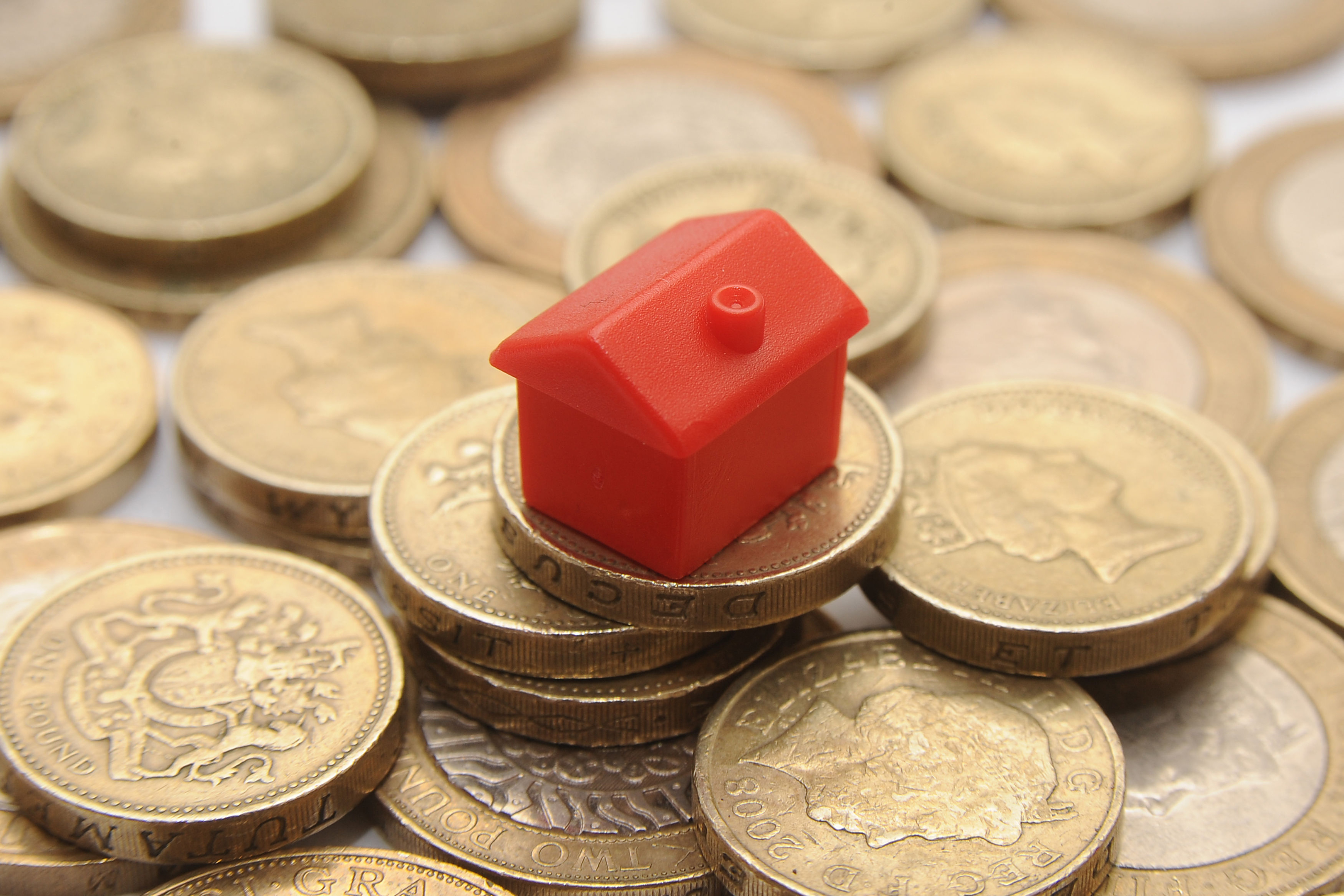
MORE than a quarter of mortgage holders do not know what interest rate they pay, a survey has found.
Some 27% of those with a mortgage admit they do not know what rate they are on, a survey of more than 2,000 people for campaign group the Homeowners Alliance found.
The findings were released after the Bank of England base rate was increased earlier this month for the first time in over a decade, meaning millions of variable rate mortgage holders face higher costs.
Nearly two-thirds (64%) of adults admit their understanding of mortgage terminology is “not good”, while more than half (55%) say the same about their awareness of different mortgage products, the research found.
Women tend to be less confident than men when rating their knowledge of mortgage terminology, the findings suggest.
Despite this, women showed a similar or better level of knowledge than men in several areas of mortgages, the research found.
Some 69% of women rated their understanding of mortgage terminology as “not good” compared with 58% of men.
But women were more likely to give a correct definition of terms such as fixed-rate mortgage – when an interest rate is set for an agreed period of time such as two, three, five or 10 years; negative equity – when the size of someone’s mortgage debt outweighs the current value of their home; and arrangement fee – a type of mortgage charge.
Men appeared to have a better understanding than women when it came to some different types of mortgage as well as the concept of loan-to-value – or how much a home owner borrows in relation to the value of the property.
Paula Higgins, chief executive of the Homeowners Alliance, warned some people could find themselves “sleepwalking into a financial nightmare”.
She said: “A mortgage is likely to be the largest financial commitment you’re ever likely to make.
“Knowing what product you’re on and when your current deal ends is critical to not ending up on a lender’s more expensive standard variable rate.”

Enjoy the convenience of having The Sunday Post delivered as a digital ePaper straight to your smartphone, tablet or computer.
Subscribe for only £5.49 a month and enjoy all the benefits of the printed paper as a digital replica.
Subscribe